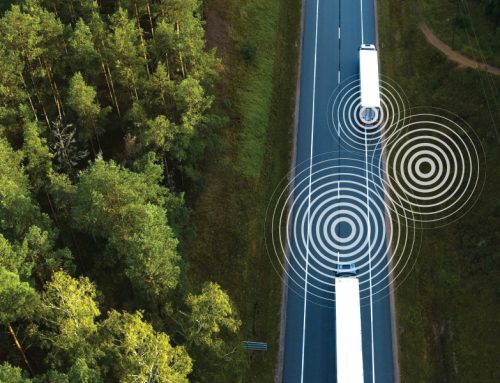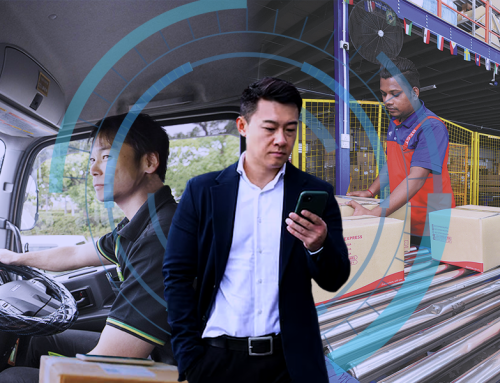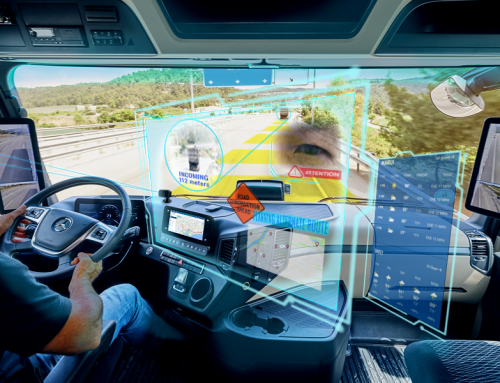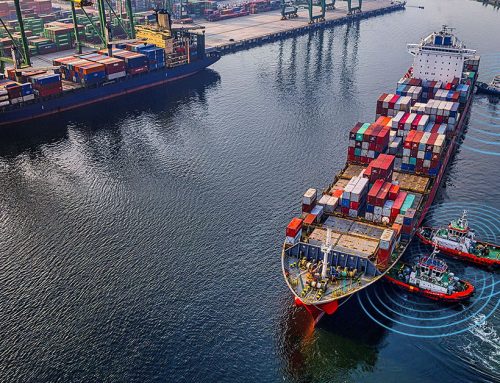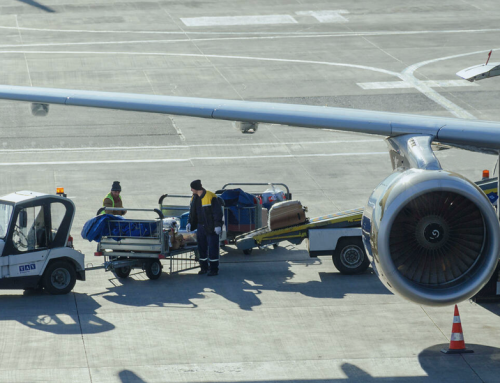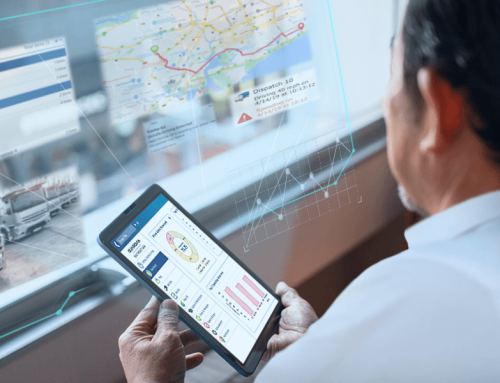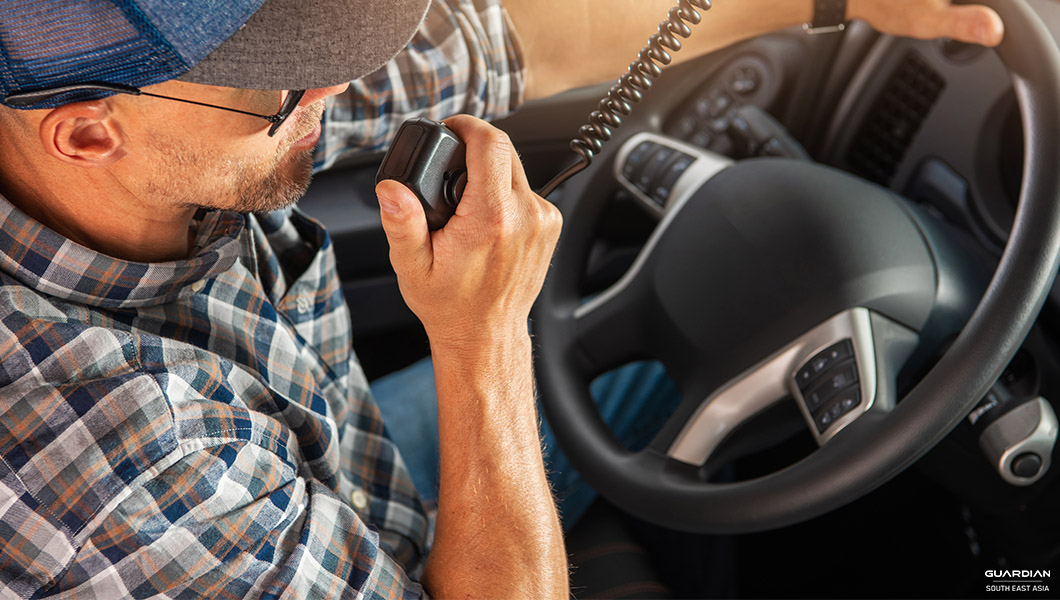
Having a good relationship between a fleet manager and the drivers is essential for any organisation that utilises a fleet in its operations. As a critical asset, Drivers are crucial to the company’s success. Poor driver communication can cause misunderstandings and possibly lead to late deliveries and unhappy customers. Poor communication can cause damage to your company’s image and reputation. Good communication between drivers, fleet managers, and dispatch can do much to prevent issues.
Here are some effective ways to improve driver communication:
1. Set the Expectation

Set the right expectation from the start. Discuss how important it is to have good communication between the driver, the fleet manager, and dispatch during the hiring process. Encourage drivers to voice questions during the training phase and get them involved.
2. Adopt an Open Door Policy
Adopting an open door policy will encourage drivers to express their concerns and share their thoughts. An open-door policy will enable the drivers to reach out in a less formal setting. Foster a culture of openness and communication between team members to allow them to share their thoughts with fleet managers, dispatch, and each other. Good communication benefits everyone and helps keep the operation running smoothly.
3. Reach Out

Almost everyone owns a smartphone in today’s world; messaging through apps, video calls, and even traditional text and phone calls are a great way of reaching out to drivers. Utilising readily available technology is an excellent way of improving communication between team members, dispatch, and fleet managers.
4. Social Media
Social media is another platform that can help foster a sense of community within an organisation. Forums and virtual communities are great and allow team members to talk about various interests, from industry news to hobbies. Creating groups for your team to interact and share experiences is an excellent way of developing a sense of belonging and encourages communication.
5. Face-to-Face Interaction

While messaging, phone, and video calls are a great way of improving communication. Having that face-to-face interaction is also essential. Nothing quite compares to the experience of having a conversation face to face. Although having a full and busy schedule might make communicating face-to-face less frequent than sending messages, it is vital to take some time for that face-to-face conversation.
6. Avoid Sending “Angry” Messages
Problems are an unavoidable reality. However, how we deal with problems is something that we can control. Sending “angry” messages is the least effective way of dealing with issues and will worsen the situation. Instead of sending messages or emails, take time to call or, better yet, schedule a face-to-face conversation and discuss ways to improve the situation.
7. Understand The Driver’s Needs

Drivers face their unique shares of challenges, such as frustration due to traffic, adverse weather conditions, unexpected delays, and changes to the schedule. Empathy goes a long way when communicating with drivers who deal with stressful situations on a day-to-day basis.
8. Take Time to Listen
One of the most valuable things a fleet manager or dispatch can do for a driver is to listen. Drivers deal with a lot of stress on a day-to-day basis. Having someone to talk to when they have a rough day is one way of relieving stress. Listening and responding to your drivers with empathy is essential in building a good relationship.



